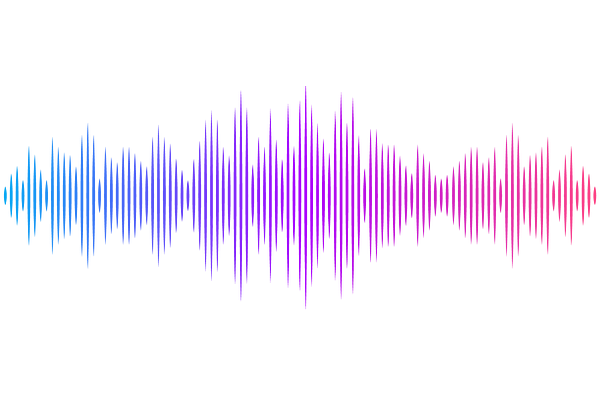Designs from magic-augmented Clifford circuits

Designs from magic-augmented Clifford circuits
Yuzhen Zhang, Sagar Vijay, Yingfei Gu, Yimu Bao
AbstractWe introduce magic-augmented Clifford circuits -- architectures in which Clifford circuits are preceded and/or followed by constant-depth circuits of non-Clifford (``magic") gates -- as a resource-efficient way to realize approximate $k$-designs, with reduced circuit depth and usage of magic. We prove that shallow Clifford circuits, when augmented with constant-depth circuits of magic gates, can generate approximate unitary and state $k$-designs with $\epsilon$ relative error. The total circuit depth for these constructions on $N$ qubits is $O(\log (N/\epsilon)) +2^{O(k\log k)}$ in one dimension and $O(\log\log(N/\epsilon))+2^{O(k\log k)}$ in all-to-all circuits using ancillas, which improves upon previous results for small $k \geq 4$. Furthermore, our construction of relative-error state $k$-designs only involves states with strictly local magic. The required number of magic gates is parametrically reduced when considering $k$-designs with bounded additive error. As an example, we show that shallow Clifford circuits followed by $O(k^2)$ single-qubit magic gates, independent of system size, can generate an additive-error state $k$-design. We develop a classical statistical mechanics description of our random circuit architectures, which provides a quantitative understanding of the required depth and number of magic gates for additive-error state $k$-designs. We also prove no-go theorems for various architectures to generate designs with bounded relative error.